What is the tolerance range of precision screws?
What is the tolerance range of precision screws?
Service Hotline
+86760-8787 8587We have more than ten years of production experience in the screw industry, the main products are: black inch screws, bolts with holes, DIN6797A, machine wire screws and screws, 304 ultra-thin stainless steel washers, knock rivets, special-shaped bolts, ingot crotchet screws, locking Hexagon flange nuts, flat head countersunk head bolts, thumb screws, square nuts, carbon steel galvanized washers, knurled thumbscrews, 889.1 nylon lock nuts and other fasteners, due to different product materials and specifications, the price also varies different, please contact us if necessary.


Stainless steel screws are classified into austenitic stainless steel, ferritic stainless steel, martensitic stainless steel, and precipitation hardening stainless steel. The selection of stainless steel screws is also based on principles. Where to start, let you choose the stainless steel screws you need. After comprehensive and comprehensive consideration of these five aspects, the grades, varieties, specifications and material standards of stainless steel screws are finally determined. Austenitic stainless steel: the most basic alloying elements of austenitic stainless steel are chromium and nickel. The grade is a chromium-nickel austenitic stainless steel with a chromium content of about 18% and a nickel content of about 8%, often called 18-8 stainless steel. The element ratio of chromium and nickel basically ensures that the structure of the steel is stable austenitic ferritic stainless steel: 430 type ordinary chromium steel, its corrosion resistance and heat resistance are better than 410 type, magnetic, but it It cannot be strengthened by heat treatment, and is suitable for stainless steel screws with slightly higher corrosion resistance and heat resistance and general strength requirements. Martensitic stainless steel: Type 410 and 416 can be strengthened by heat treatment, with a hardness of 35 to 45HRC, and good machinability. They are used for general-purpose heat-resistant and corrosion-resistant stainless steel screws. Type 416 has a slightly higher sulfur content and is a free-cutting stainless steel. Type 420, sulfur content? R0.15%, improved mechanical properties, can be strengthened by heat treatment, maximum hardness value of 53 ~ 58HRC, used for stainless steel screws requiring higher strength. Precipitation hardening stainless steel: 17-4PH, PH15-7Mo, they can get higher strength than the usual 18-8 type stainless steel, so they are used for high-strength, corrosion-resistant stainless steel stainless steel screws. A-286, a non-standard stainless steel, has higher corrosion resistance than commonly used Type 18-8 stainless steels, as well as good mechanical properties at elevated temperatures. Used as high-strength, heat-resistant, corrosion-resistant stainless steel screws, can be used to 650 ~ 700 ℃. Austenitic stainless steel: The commonly used models are 302, 303, 304, and 305, which are the so-called 18-8 austenitic stainless steels. Both corrosion resistance and mechanical properties are similar. The starting point of selection is the production process method of stainless steel screws, and the method depends on the size and shape of stainless steel screws, and also depends on the quantity of production. Type 302 is used for machined screws and self-tapping bolts. Type 303 In order to improve machinability, Type 303 stainless steel is added with a small amount of sulfur and is used to machine nuts from bar stock. Type 304 is suitable for hot heading stainless steel screws, such as longer gauge bolts, large diameter bolts, which may be beyond the scope of the cold heading process. Type 305 is suitable for cold heading processing of stainless steel screws, such as cold formed nuts, hex bolts. Type 309 and Type 310, their Cr content and Ni content are higher than 18-8 type stainless steel, suitable for stainless steel screws working at high temperature. Types 316 and 317, both of which contain the alloying element Mo, have higher high temperature strength and corrosion resistance than 18-8 type stainless steel. Type 321 and Type 347, Type 321 contains a relatively stable alloying element Ti, Type 347 contains Nb, which improves the intergranular corrosion resistance of the material. It is suitable for stainless steel standard parts that are not annealed after welding or serve at 420~1013℃.
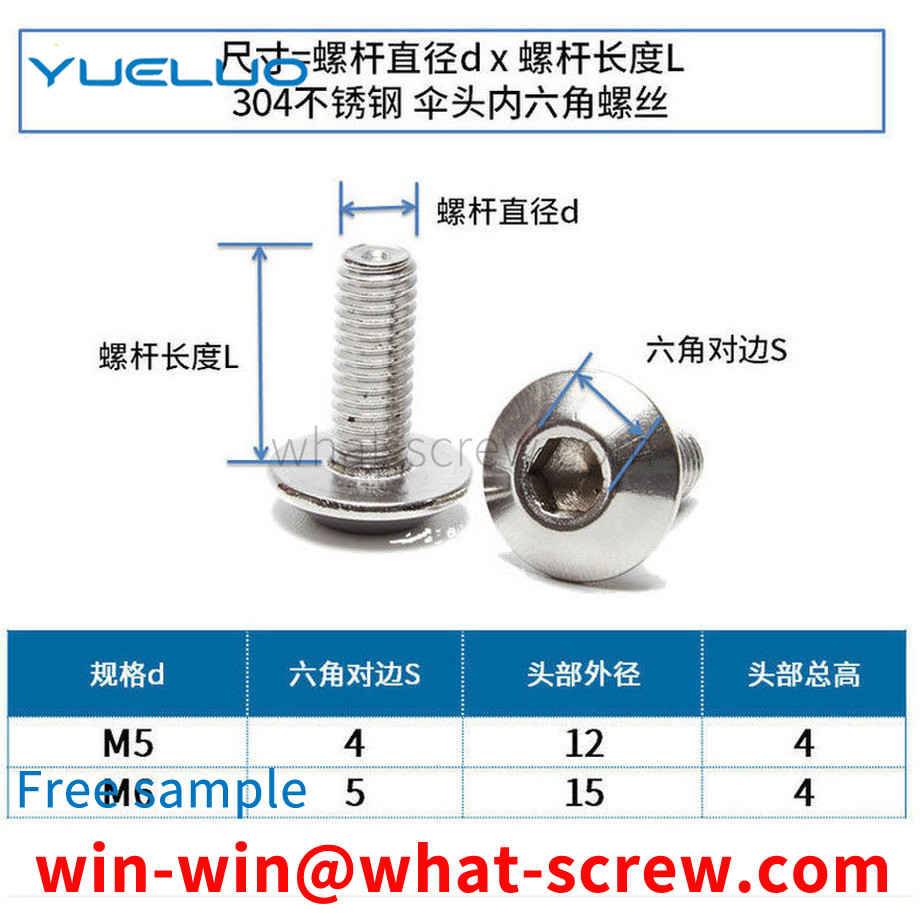
Stainless steel screws, as the name suggests, must be made of stainless steel screw wire, and then screw the screw thread. Many of the properties of stainless steel screws are related to stainless steel. Taking into account the properties and organization of stainless steel, understand the properties of stainless steel materials and other aspects. Therefore, it is understood that stainless steel has good mechanical properties such as anti-rust, anti-corrosion, high temperature resistance, etc., then stainless steel screws also have these good mechanical properties. With the increasing quality of stainless steel materials. The mechanical properties of stainless steel screws produced by the screw industry are getting better and better. Anti-rust, anti-corrosion ability, and high temperature and high pressure are getting stronger and stronger.
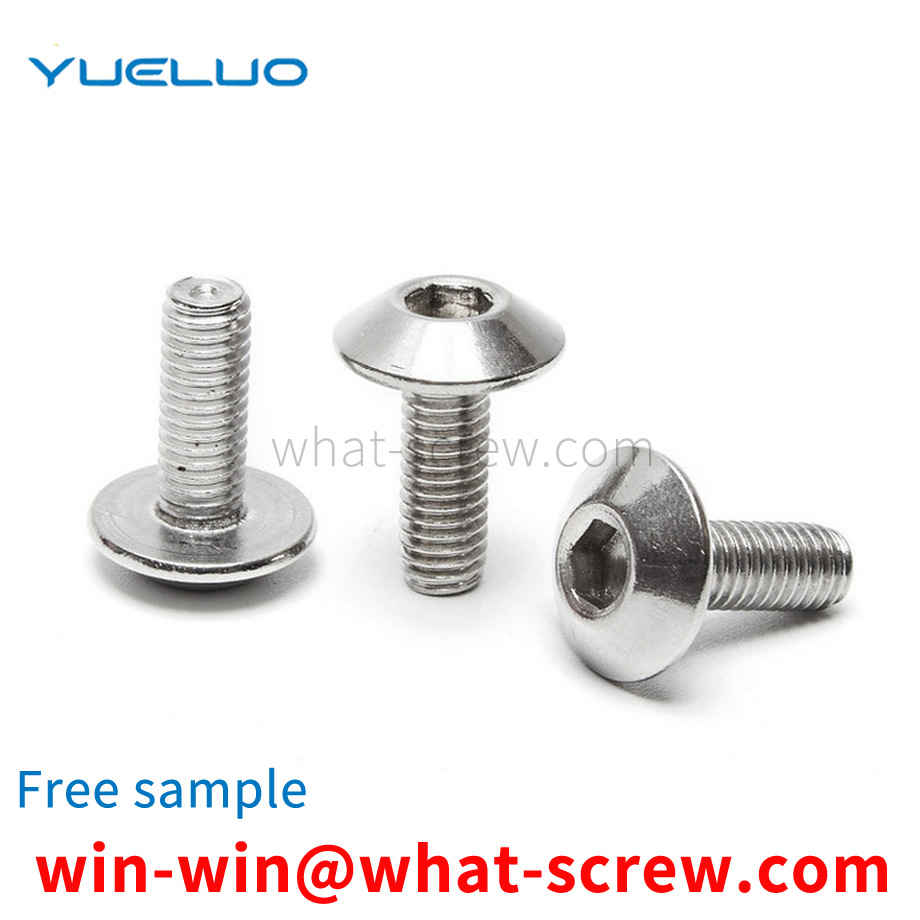
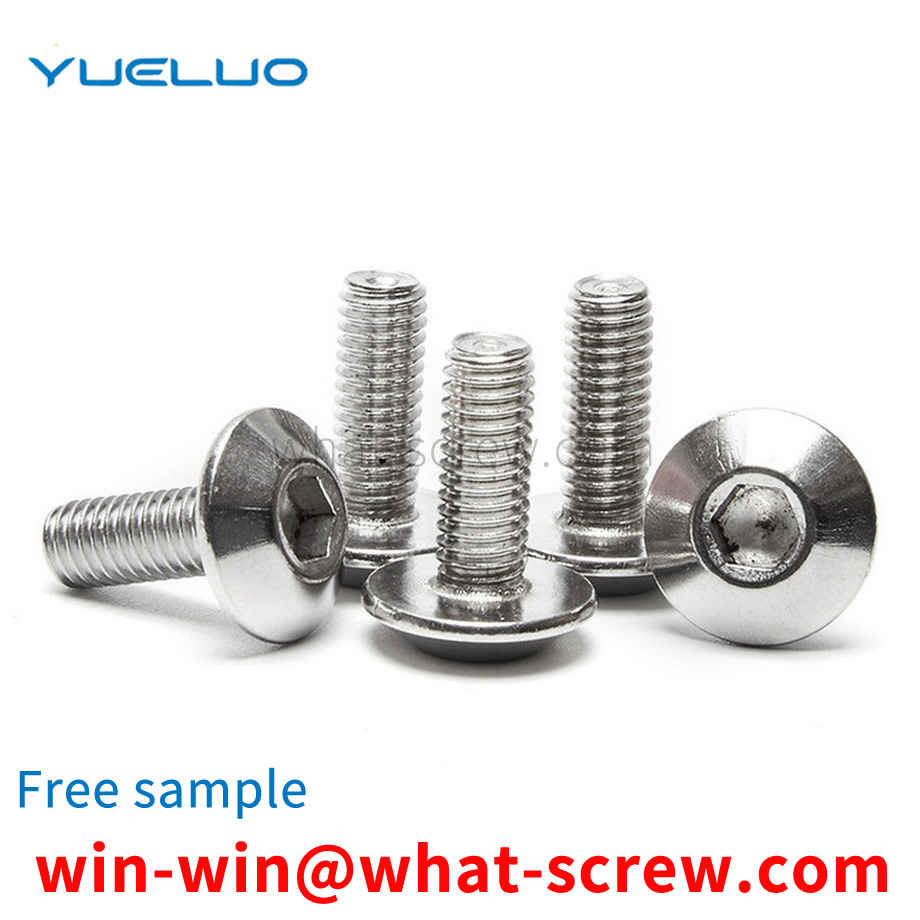
In the prior art, the screw suction device can be implemented in the following two ways. One is to use a magnet to magnetize the electric bit head, and the electric bit head is used to approach the screw, and the screw is stuck by the electric bit head, so that the function of picking up the screw can be realized; The vacuum generator is used to form a negative pressure in the screw guide groove, and the screw is sucked into the tube to realize the screw pickup. The disadvantage of this solution is that in the process of picking up the screws, the grooves of the screws cannot be aligned, which leads to the deviation or leakage of the screws. The disadvantage of this solution is that the screw with an aspect ratio of less than 1.5 is prone to suction and skew, and the stability is not high. It can be seen that the existing technology still needs to be improved and developed.
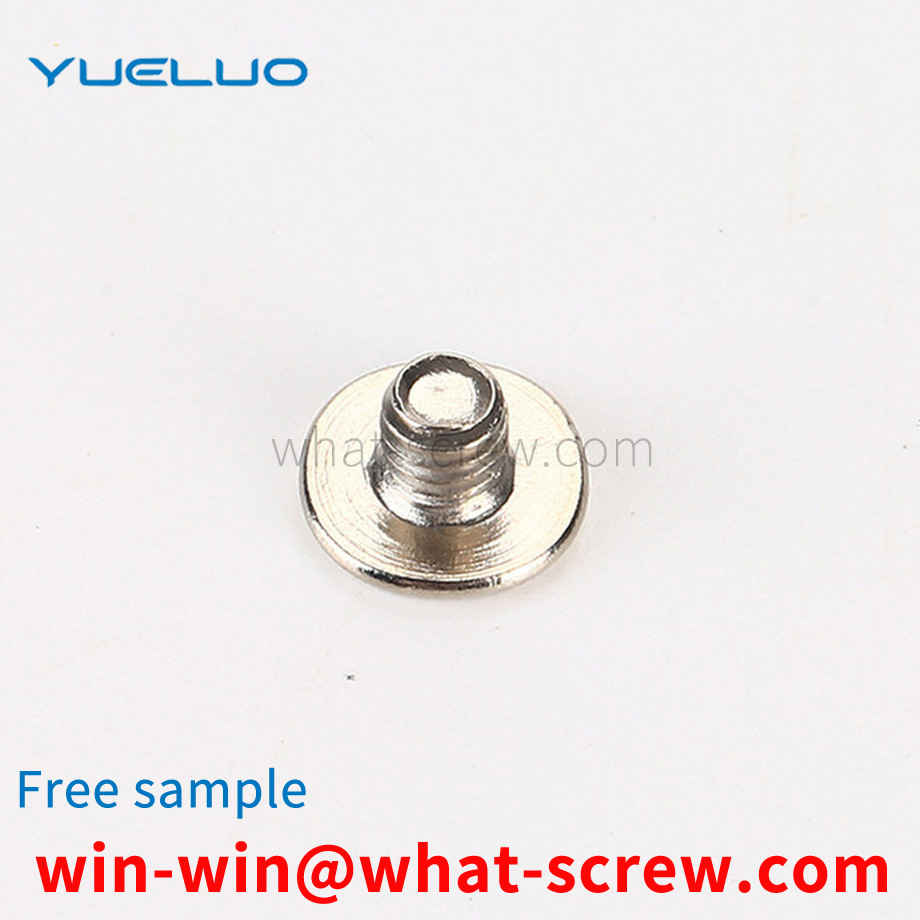
In the design of modern aviation and aerospace vehicles, in order to reduce weight and save space, the space of the fastening installation system is getting narrower and narrower, and blind hole installation is often required. In this case, single-sided riveting installation is usually used for fastening connection. At present, this kind of fastening connection products are mainly blind rivets. The riveting installation principle of blind rivets is to use the method of pulling, pulling the mandrel, and extruding the nail sleeve to deform it at the blind end to achieve the function of fastened connection. This kind of fastening connection method requires special riveting, generally imported riveting, the replacement of internal parts is expensive, the installation process is complicated, and the installation cost is high.
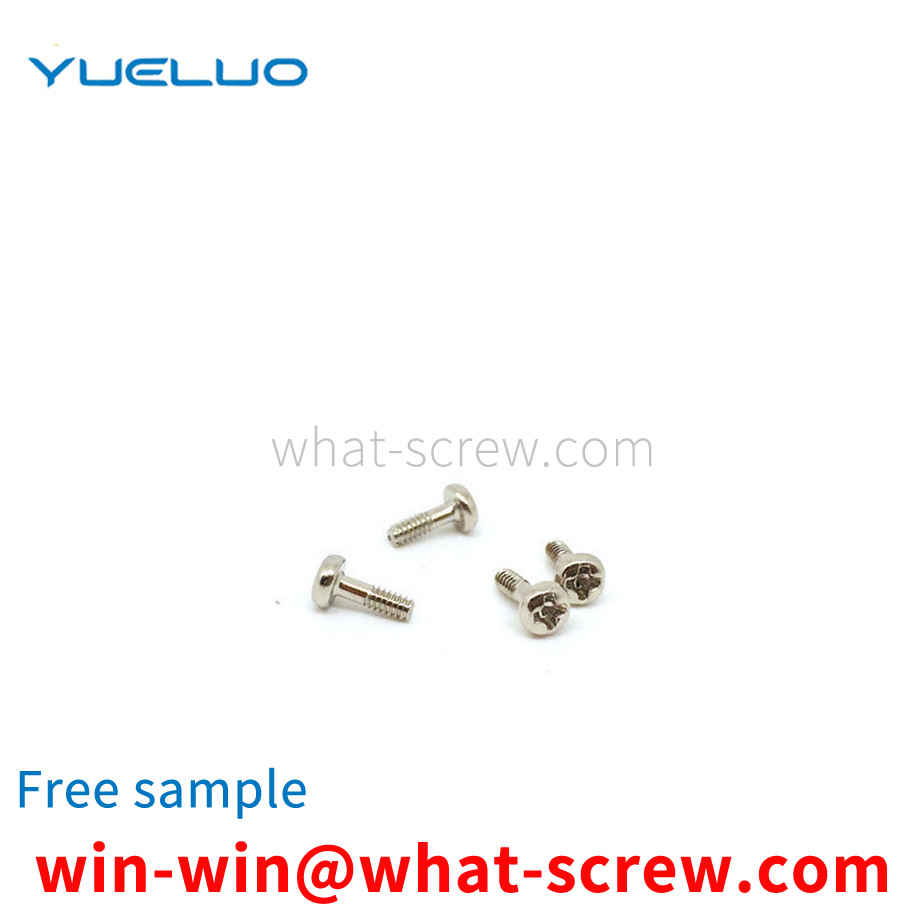
The above content is uploaded by Yueluo or the Internet. If there is any copyright issue, please contact [email protected].

What is the tolerance range of precision screws?

How to choose the right stainless steel screw manufacturer?

Why is there an R angle under the head of the hexagon head s...

We have more than ten years of production experience in the ...

We have more than ten years of production experience in the ...

We have more than ten years of experience in screw industry ...

We have more than ten years of experience in screw industry ...